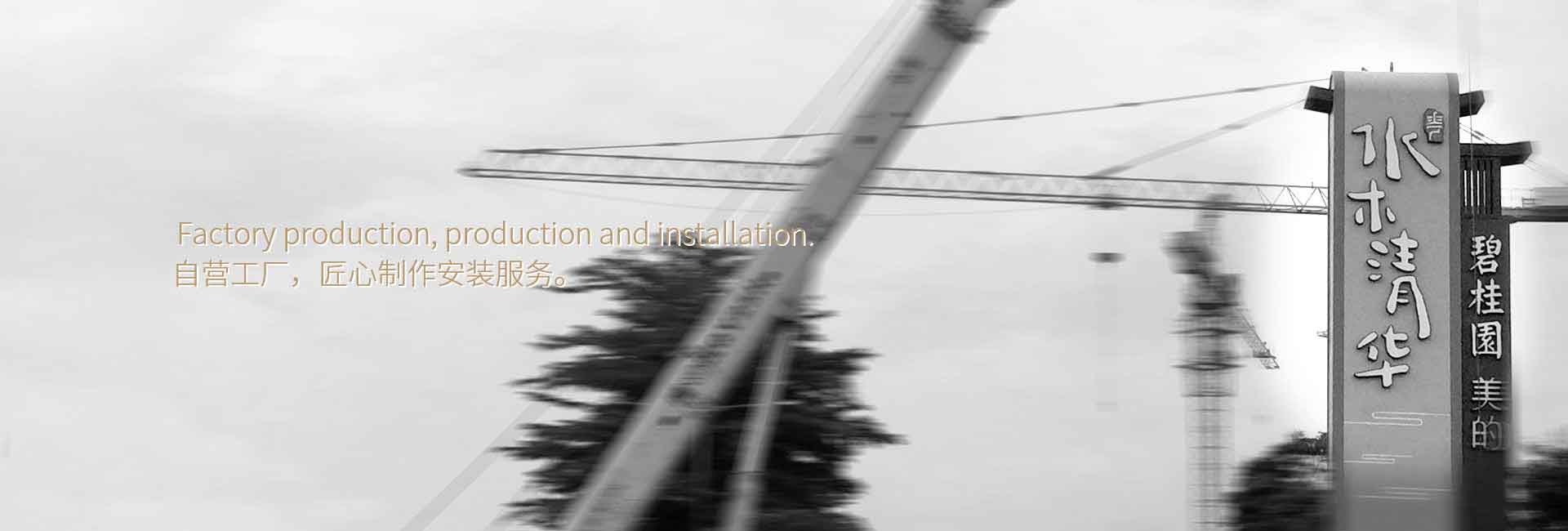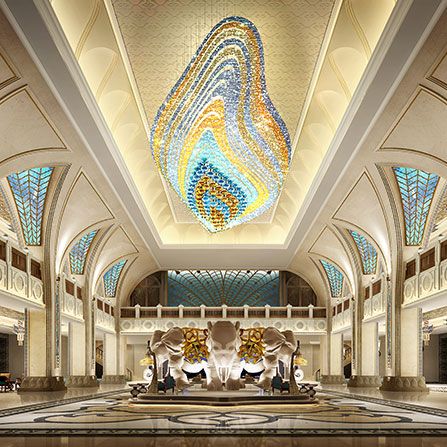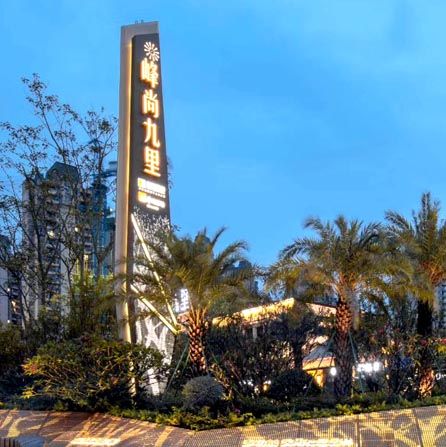Designing Landscape Signage Systems: A Comprehensive Approach in English
What's the Big Deal About Landscape Signage System Design?
Ever walked through a park or a public space and wondered, "How do they know where to go?" Well, that's where landscape signage system design comes into play. It's like the GPS for your outdoor adventures, guiding you through the great outdoors with ease. But what exactly is it, and why is it so crucial? Let's dive in and uncover the secrets of landscape signage system design.
Understanding Landscape Signage System Design
First things first, what is a landscape signage system? It's a collection of signs, symbols, and graphics designed to help people navigate and understand their surroundings. Think of it as a roadmap for the real world, minus the paper and ink. These systems are used in parks, gardens, public spaces, and even in urban environments to provide information, directions, and safety cues.
Why is it Important?
Now, you might be thinking, "Why do we need all these signs?" Here's why:
Navigation: Without signs, finding your way around can be like trying to find a needle in a haystack. Landscape signage helps you navigate through complex environments with ease.
Information: Signs provide valuable information about the area, including historical facts, rules, and regulations.
Safety: They can alert you to potential hazards, such as steep cliffs or dangerous wildlife.
Accessibility: Proper signage ensures that everyone, including those with disabilities, can navigate the space independently.
The Design Process
So, how do you go about designing a landscape signage system? Here's a step-by-step guide:

圖片由人和時代CRT標識設計集團提供
Research: Understand the purpose of the signage, the target audience, and the environment in which it will be used.
Plan: Develop a signage plan that includes the types of signs needed, their locations, and the information they will convey.
Design: Create the actual signs, using clear and consistent design elements that are easy to read and understand.
Install: Place the signs in the appropriate locations, ensuring they are visible and accessible.
Maintain: Regularly inspect and maintain the signage to ensure it remains effective and safe.
Key Elements of Effective Landscape Signage
Now, let's talk about the key elements that make up an effective landscape signage system:
Legibility: The signs should be easy to read, with clear fonts and contrasting colors.
Consistency: Use a consistent design style throughout the system to create a cohesive look.
Visibility: Place signs in high-visibility locations, such as at intersections or near trailheads.
Accessibility: Ensure that the signage is accessible to people with disabilities, including those who are visually impaired.
Material: Use durable materials that can withstand the elements and last for years.
Common Mistakes to Avoid
While designing a landscape signage system, it's important to avoid common pitfalls:
Overloading: Don't put too much information on a single sign. Keep it simple and to the point.
Clutter: Avoid cluttering the space with too many signs. This can be overwhelming and confusing.
Complexity: Keep the design simple and easy to understand. Avoid using overly complex symbols or graphics.
Inconsistency: Ensure that the design is consistent throughout the system.
Case Studies: Successful Landscape Signage Systems
Let's take a look at some successful landscape signage systems from around the world:
New York City Parks: NYC's parks have a well-designed signage system that provides clear directions and information, making it easy for visitors to navigate.
Golden Gate National Recreation Area: This area uses a combination of interpretive signs and wayfinding maps to educate visitors about the natural and cultural history of the region.
Central Park, New York: Central Park's signage system is a masterpiece of design and functionality, guiding visitors through the park with ease.
Future Trends in Landscape Signage System Design
As technology advances, we can expect to see some exciting trends in landscape signage system design:
Interactive Signage: Signs that can provide real-time information, such as weather updates or trail conditions.
Augmented Reality (AR): Using AR to overlay digital information onto the physical environment, enhancing the visitor experience.
Sustainability: Using eco-friendly materials and energy-efficient technologies to reduce the environmental impact of signage.
Conclusion
So, there you have it—a comprehensive guide to landscape signage system design. From understanding the basics to avoiding common mistakes, we've covered it all. Remember, a well-designed signage system can make a big difference in the way people experience and navigate the outdoors. Now, go out there and make your mark on the world with some amazing landscape signage!

人和時代設計
品牌設計、VI設計、標識設計公司
酒店標識設計百科
Hot spring news
Designing Landscape Signage Systems: A Comprehensive Approach in English2025/05/06
西安怡鏡標識設計制作 專業打造品牌視覺盛宴2025/05/06
日本標識設計協會獎 引領創意潮流的設計界盛典2025/05/06
廣場標識設計 解析要素與美學融合之道2025/05/06
寮步機場智慧導航標識系統設計 引領旅客便捷出行2025/05/06
黨建廣場標識設計 凝聚力量 引領前行2025/05/06
汽車標識設計網 打造個性化車標藝術新天地2025/05/06
安全標識設計指南 視覺傳達與安全意識提升策略2025/05/06
嘉峪關城市標識設計大賽 全國創意薈萃 共繪絲路明珠新形象2025/05/06



















